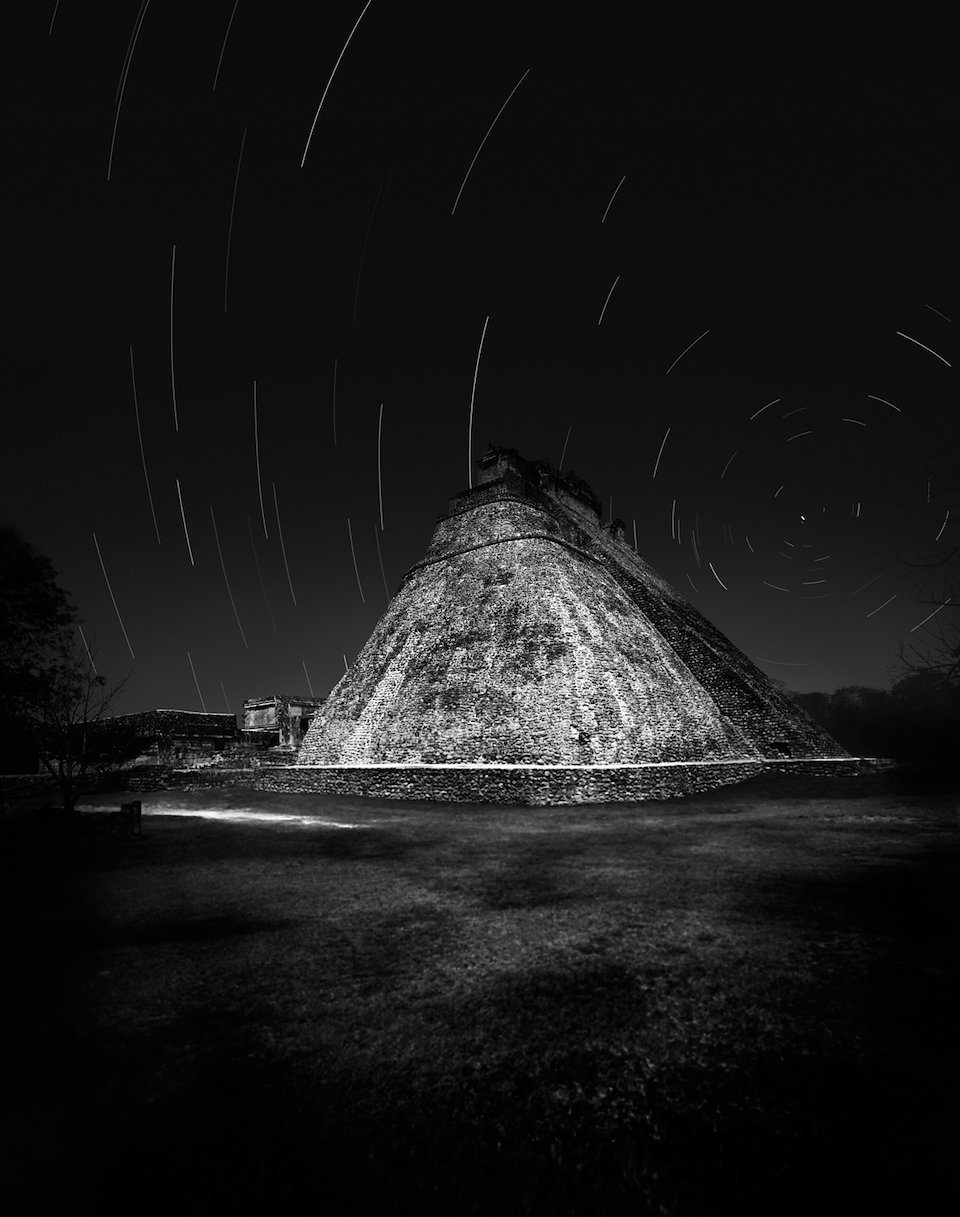
Piramide del Adivino I
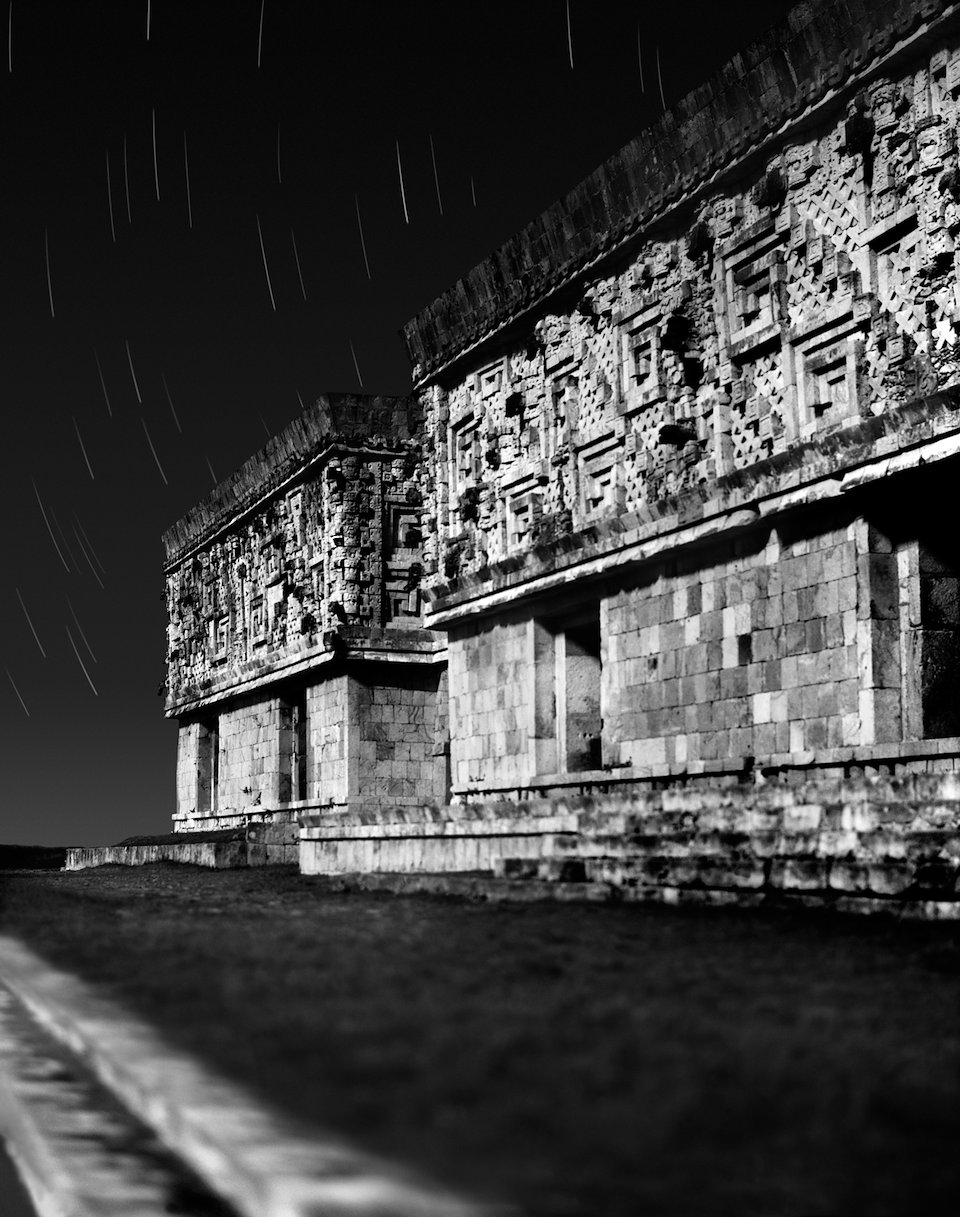
Palacio del Gobernador I

Palacio del Gobernador II

Palacio del Gobernador IV

Palacio del Gobernador III
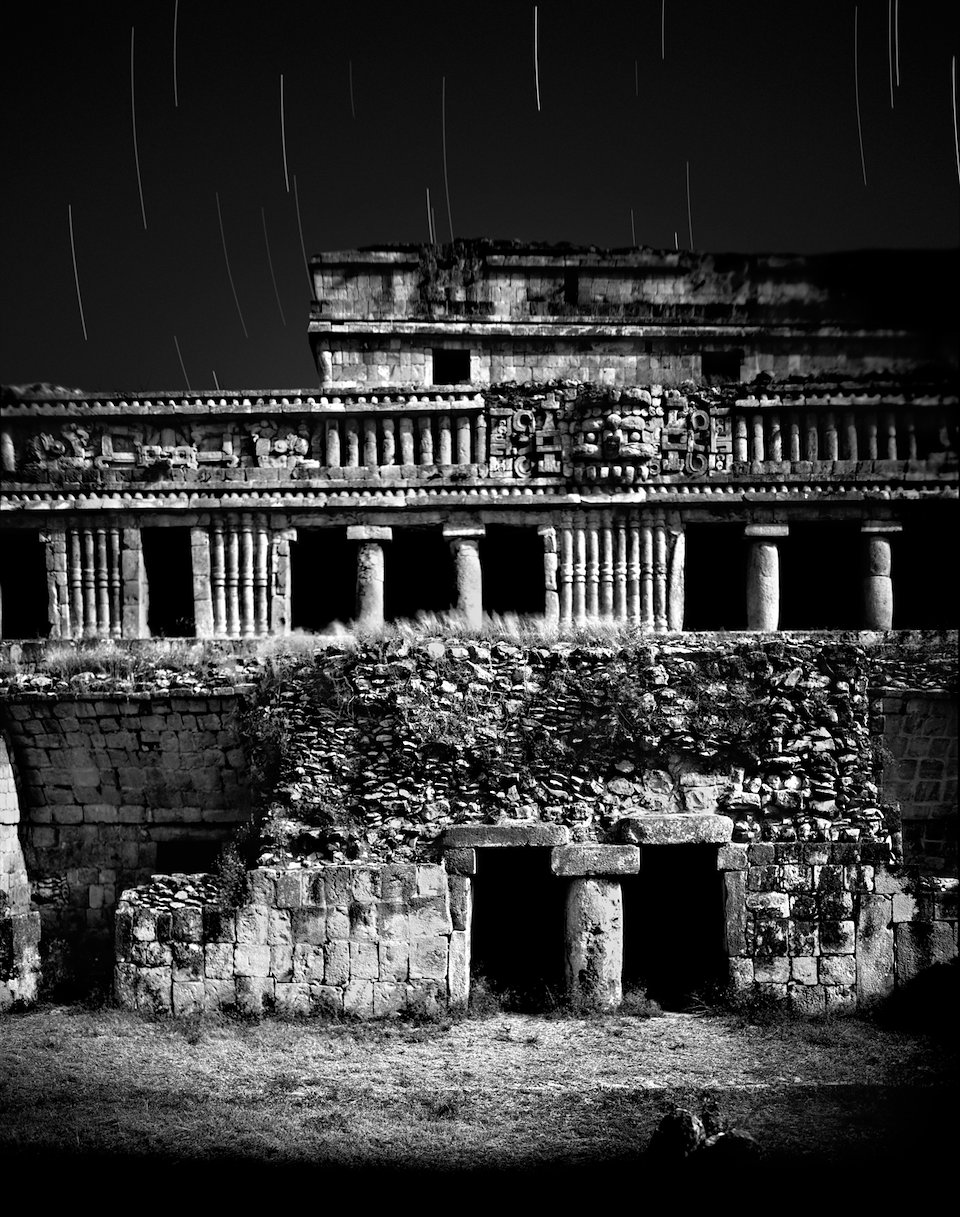
Palacio Sayil I
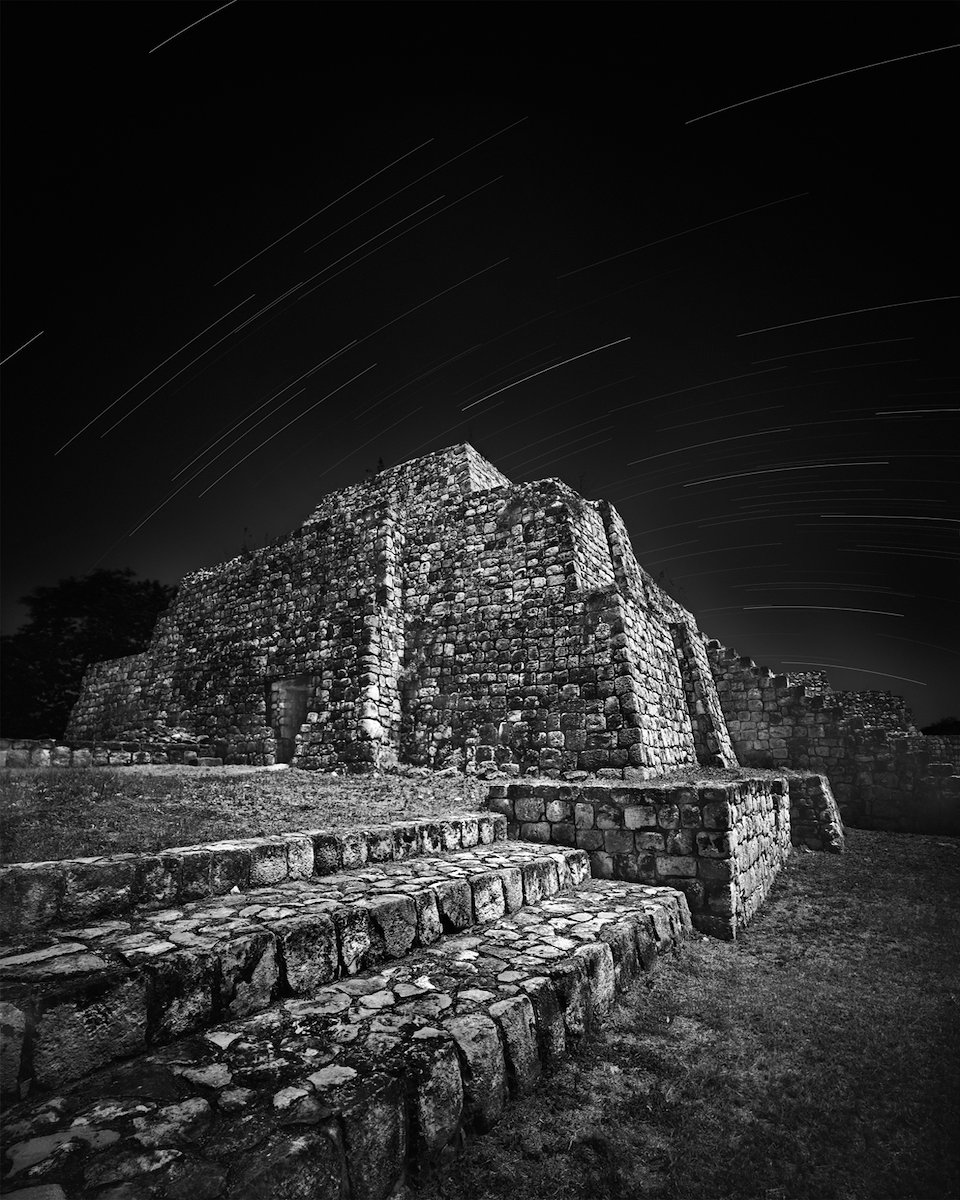
Oxkintok II
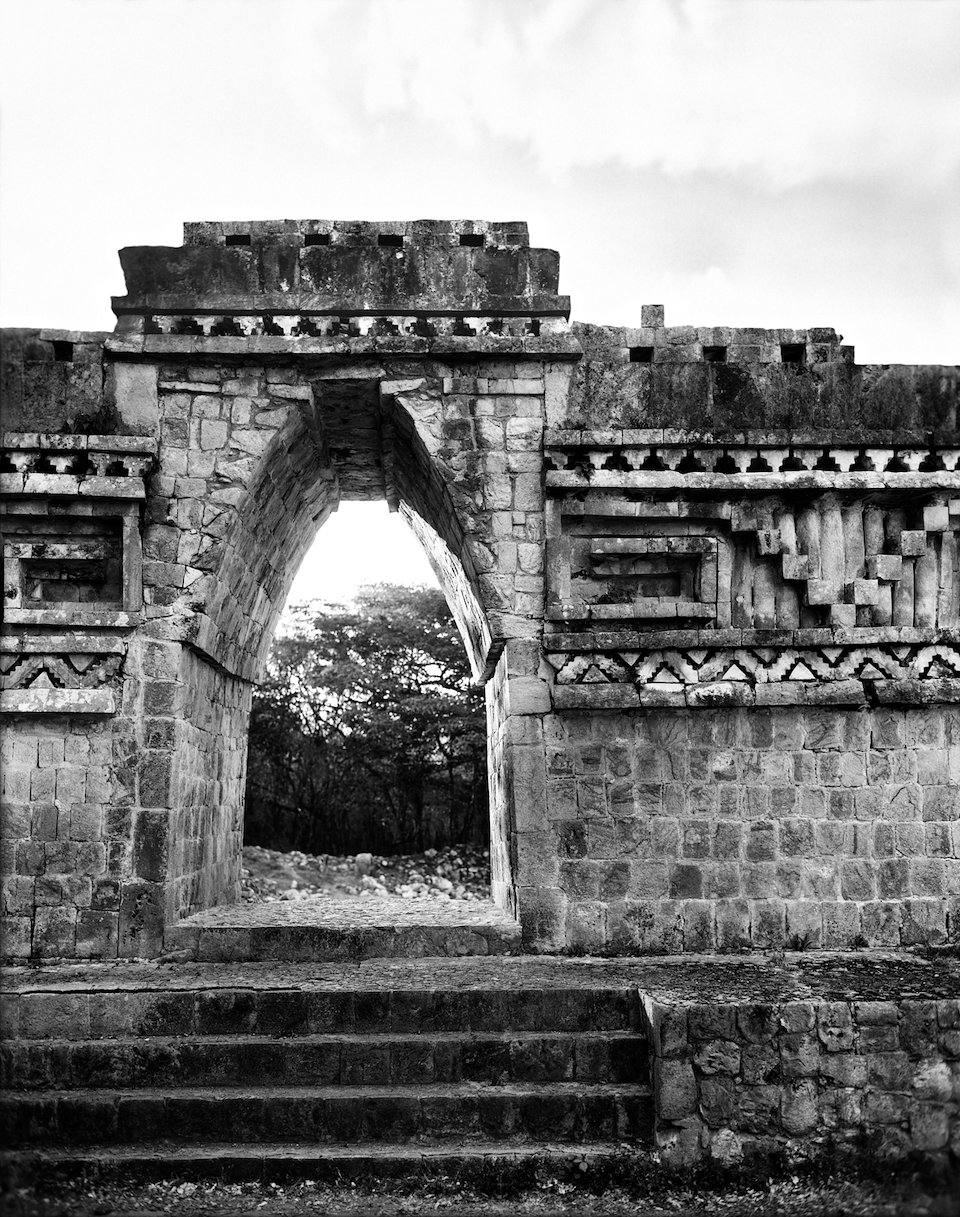
Arco Labna II
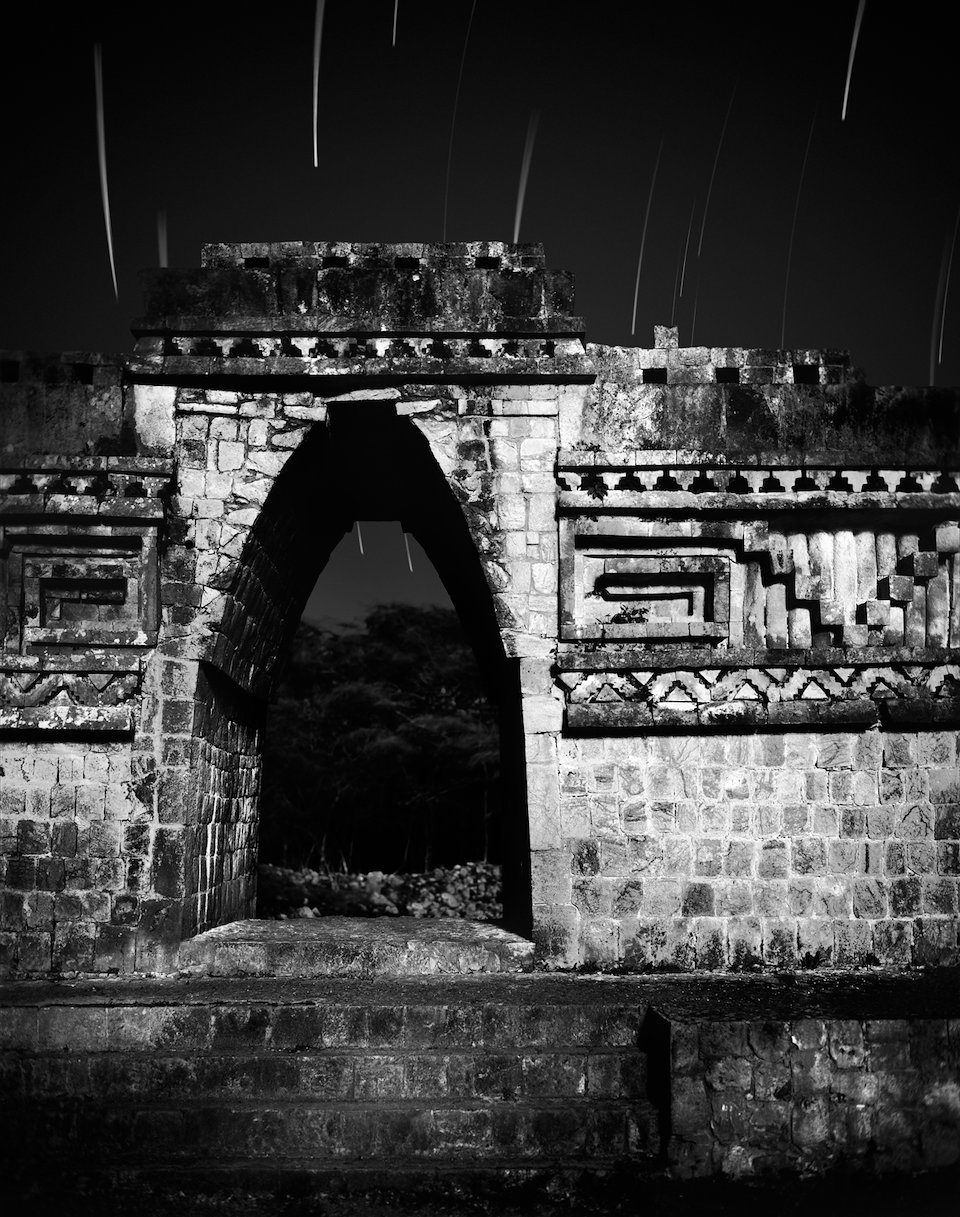
Arco Labna I
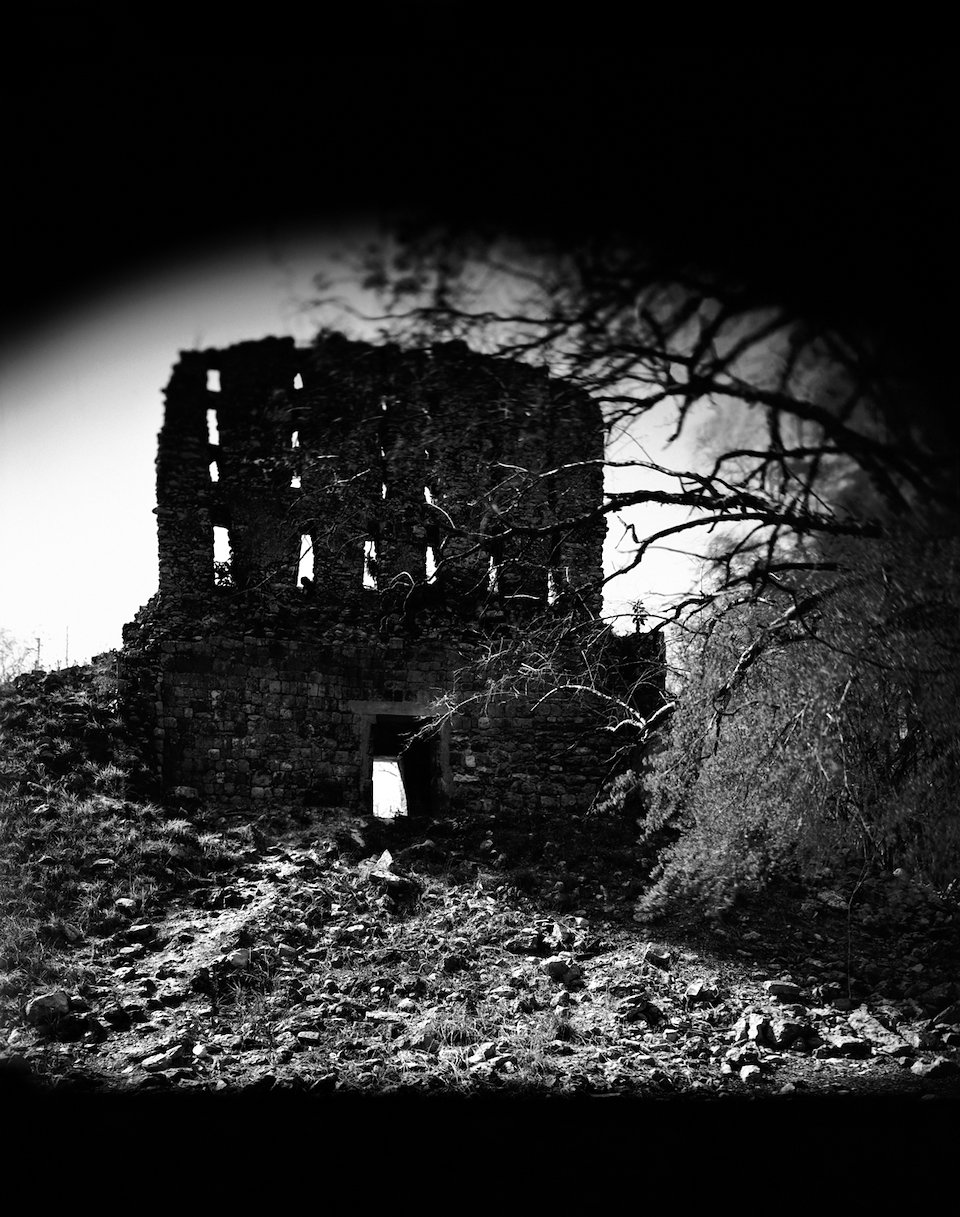
Mirador Sayil
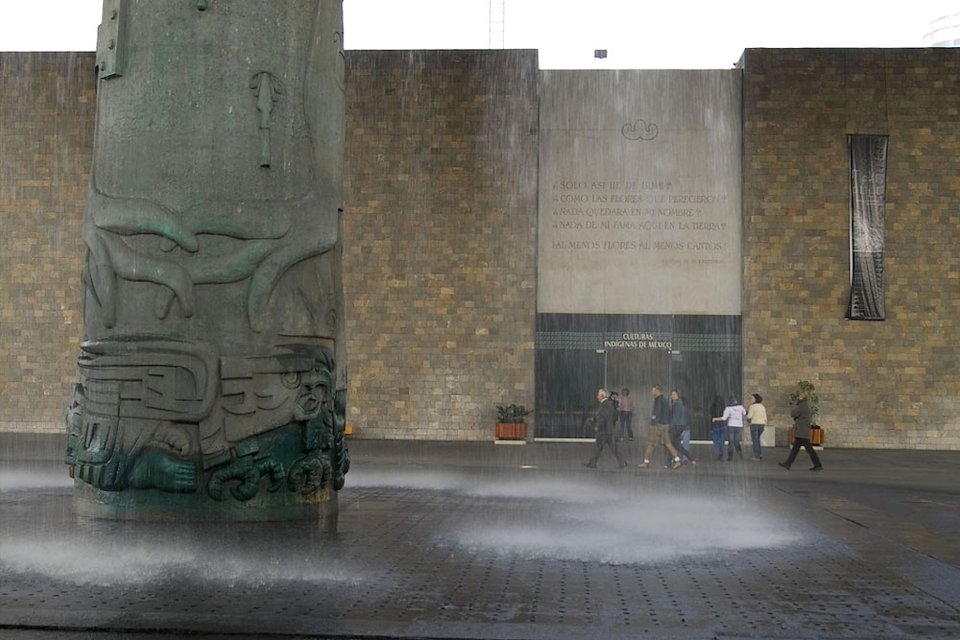
Museo Nacional Antropología, CDMX, 2010

Museo Nacional Antropología, CDMX, 2010
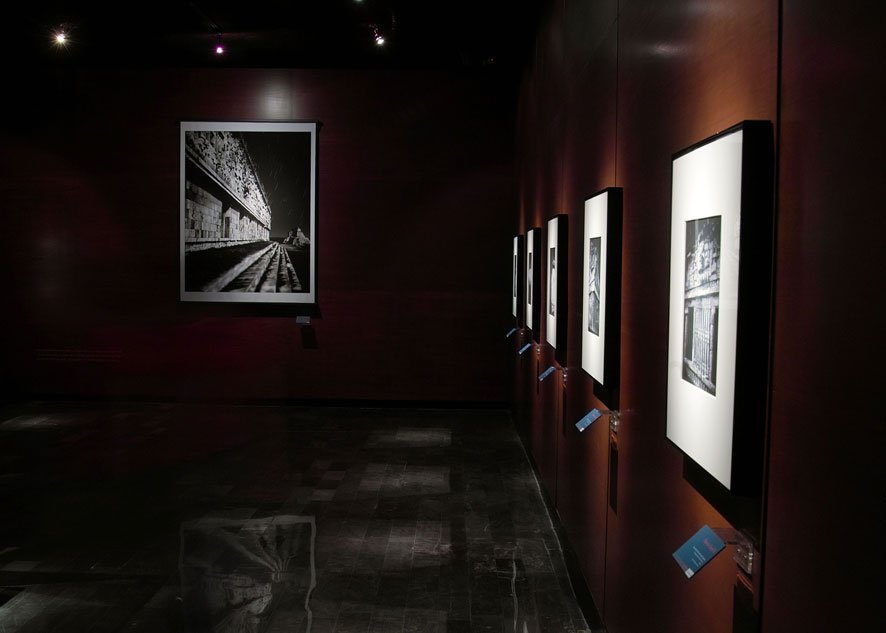
Museo Nacional Antropología, CDMX, 2010
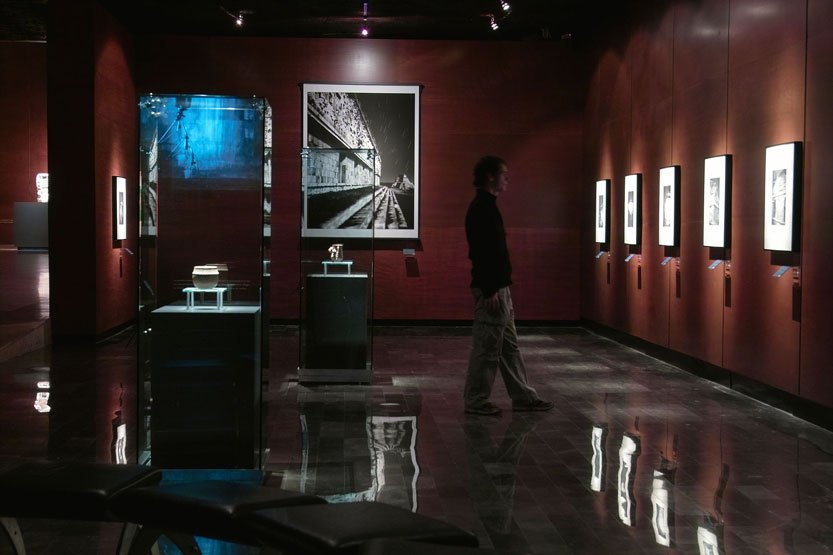
Museo Nacional Antropología, CDMX, 2010

Museo Nacional Antropología, CDMX, 2010
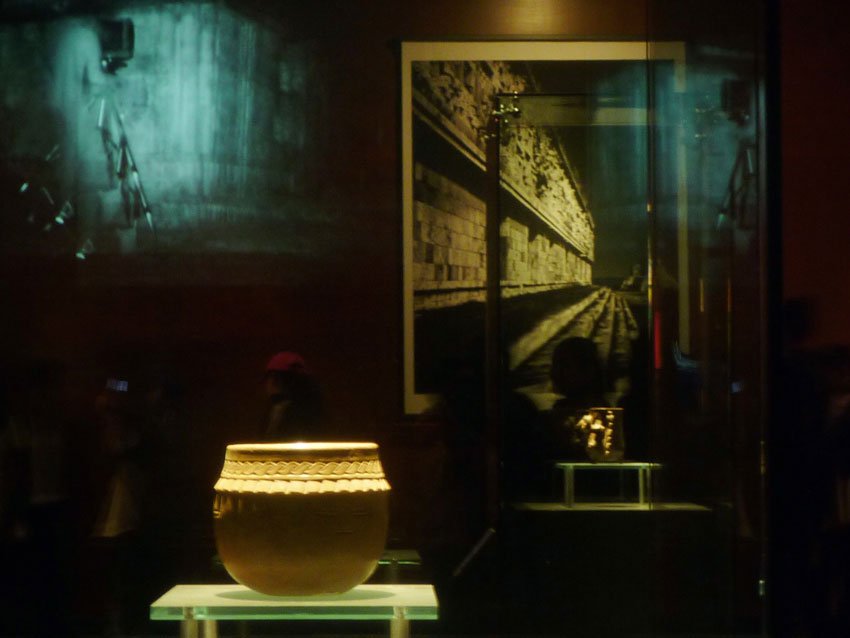
Museo Nacional Antropología, CDMX, 2010

Museo Nacional Antropología, CDMX, 2010
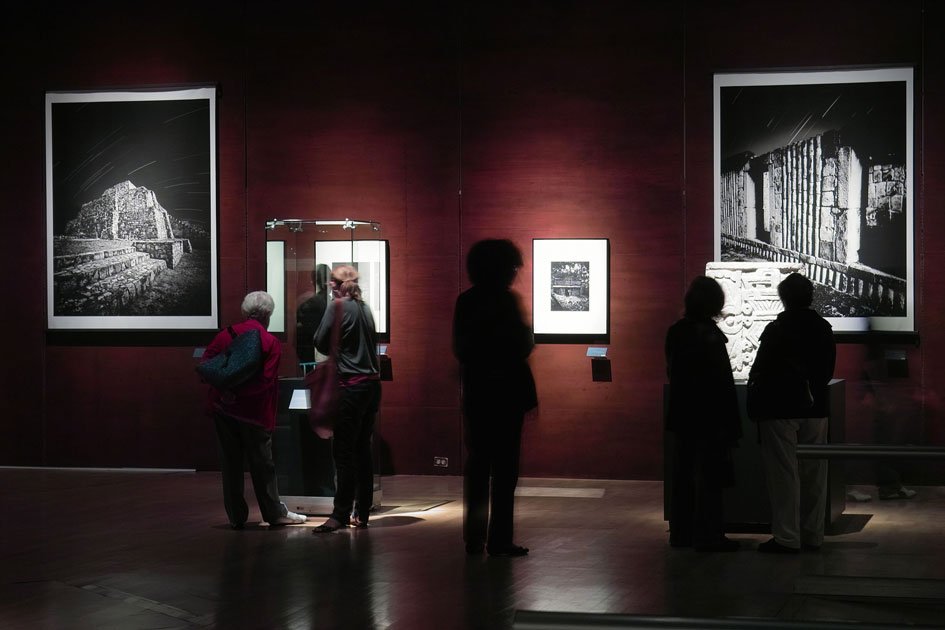
Museo Nacional Antropología, CDMX, 2010

Museo Nacional Antropología, CDMX, 2010
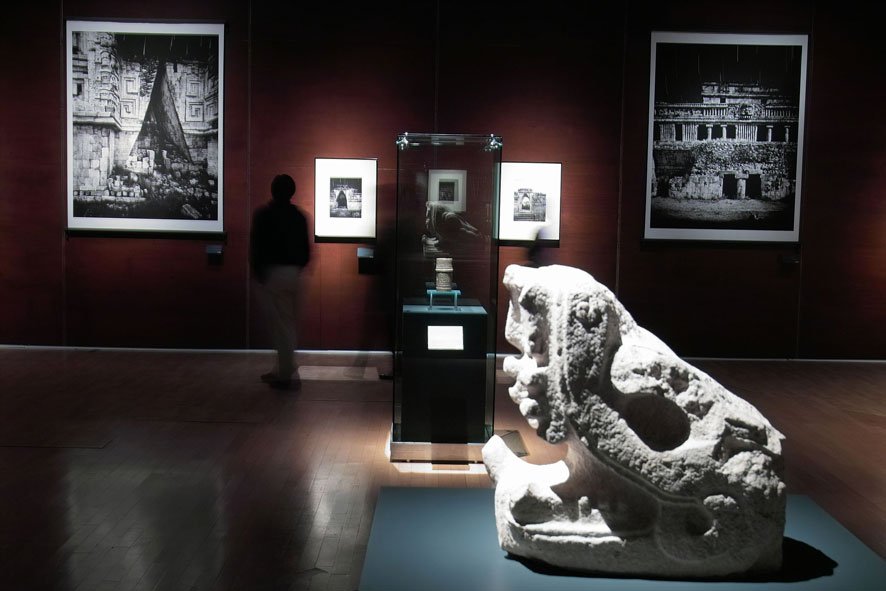
Museo Nacional Antropología, CDMX, 2010
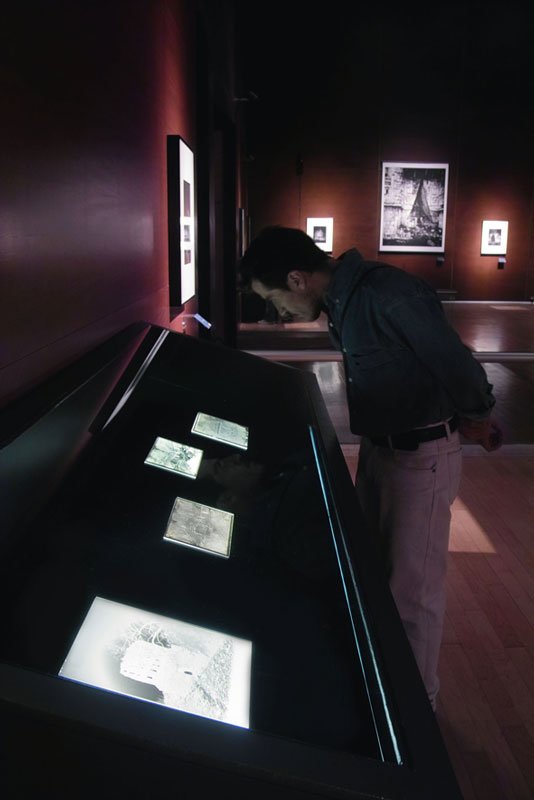
Museo Nacional Antropología, CDMX, 2010
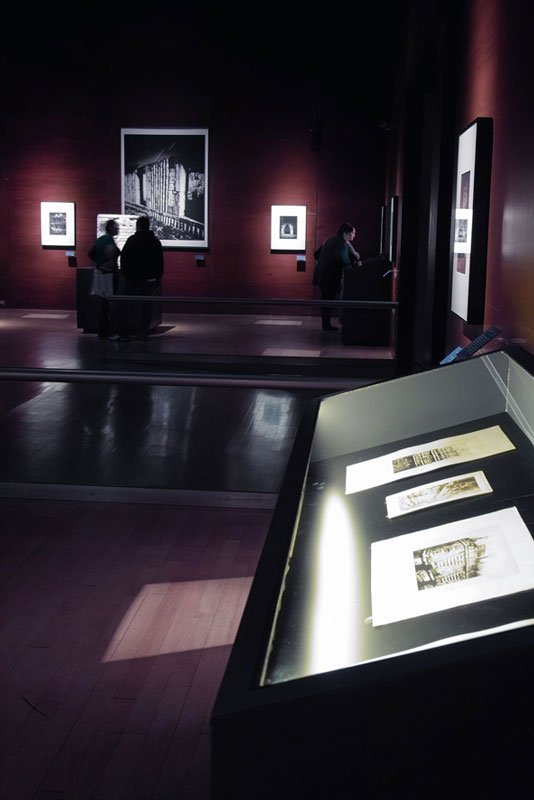
Museo Nacional Antropología, CDMX, 2010
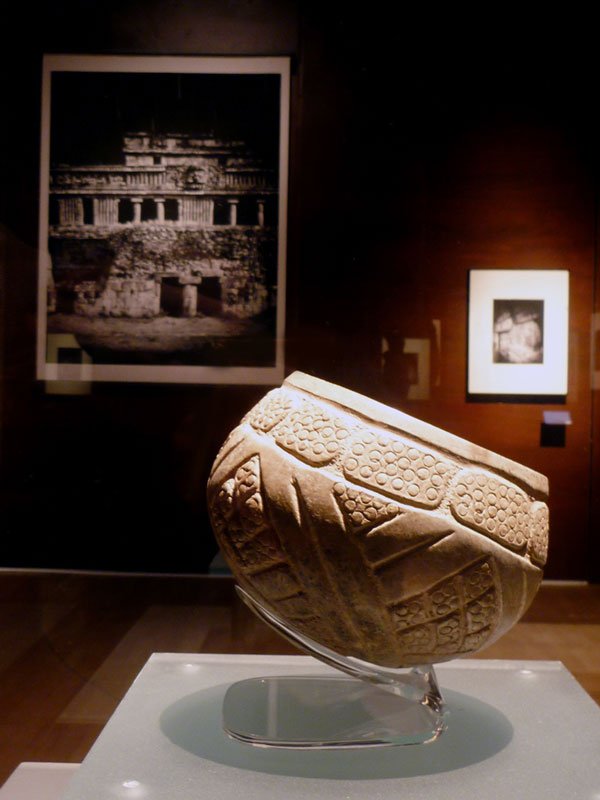
Museo Nacional Antropología, CDMX, 2010
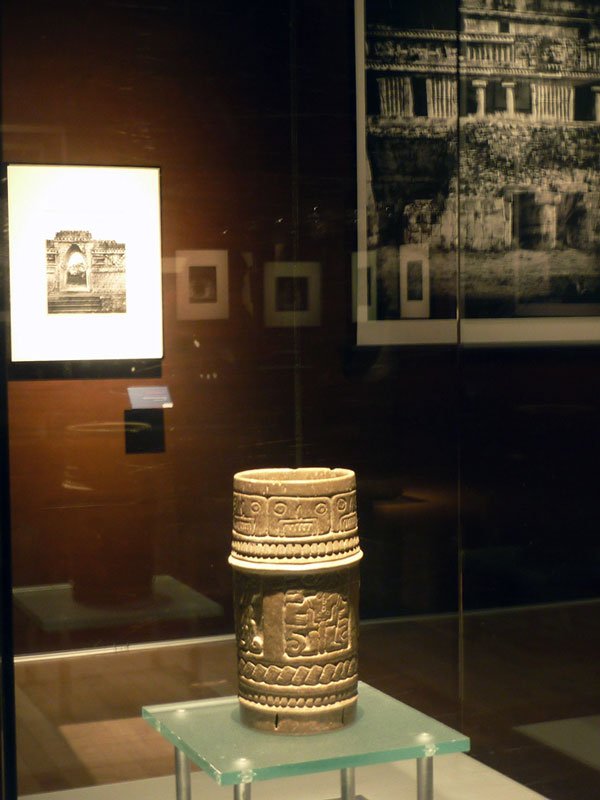
Museo Nacional Antropología, CDMX, 2010

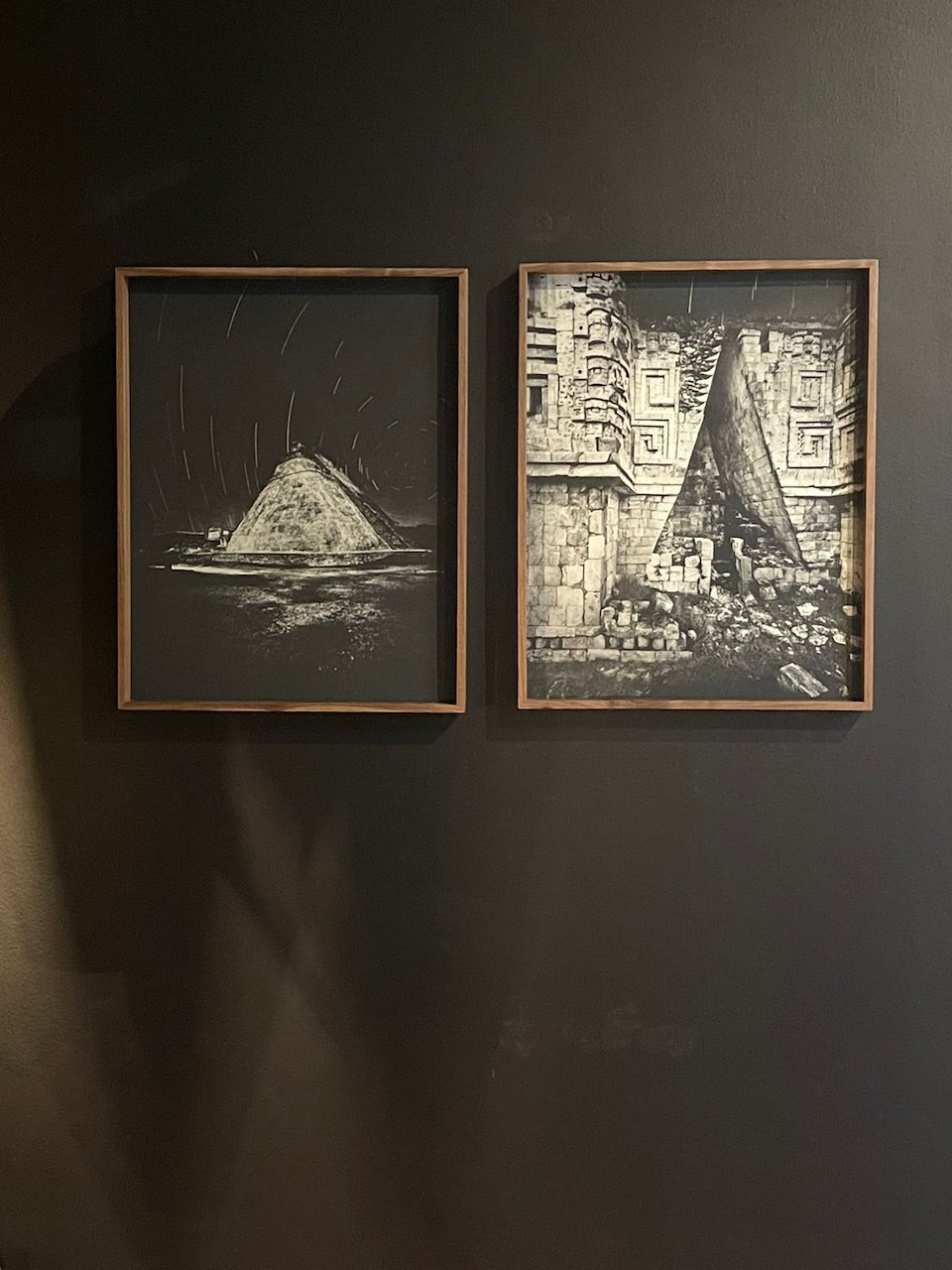
MAYA PUUC Heliograbado 50 x 70 cm
Chic by Accident CDMX 2022
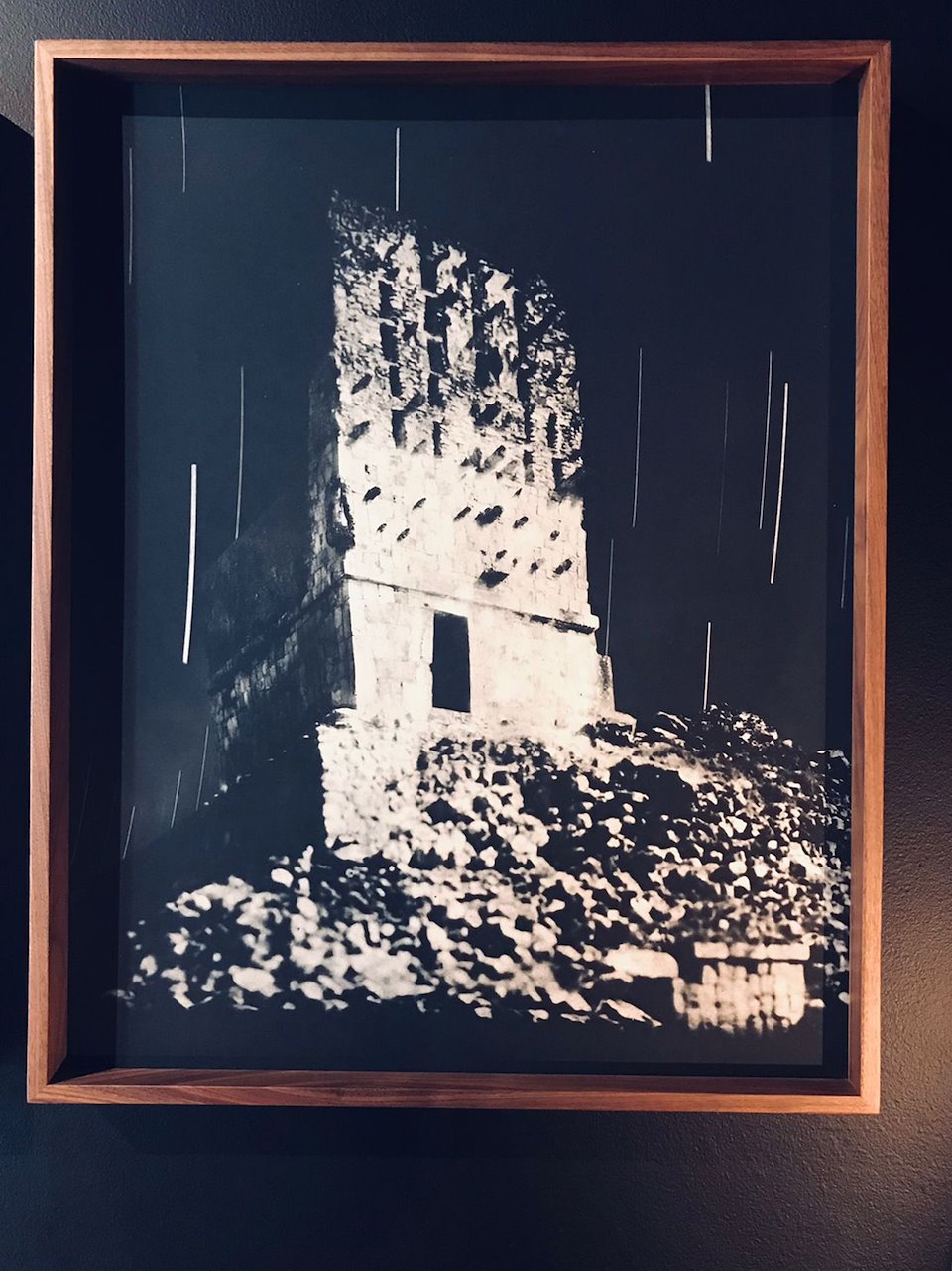
MAYA PUUC Heliograbado 50 x 70 cm
Chic by Accident CDMX 2022
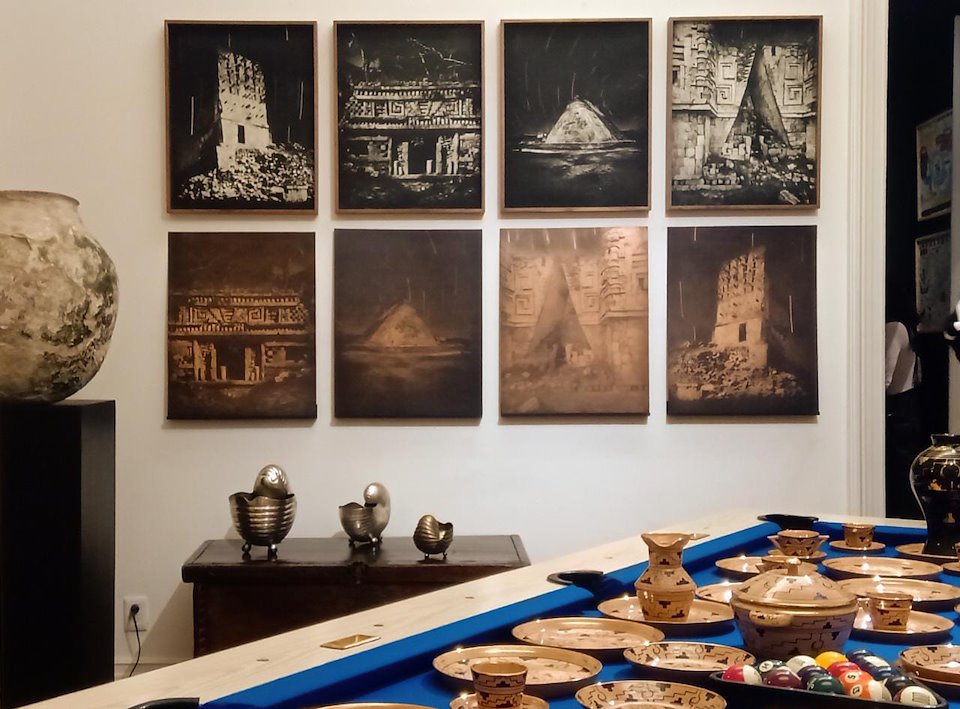
MAYA PUUC Heliograbado 50 x 70 cm
Chic by Accident CDMX 2022
MAYA PUUC
Entre sonidos antiguos y piedras que emanan de otro tiempo, Tomás Casademunt emprende con su cámara un viaje por la ruta Puuc, la ruta por el “conjunto de colinas”, en la península de Yucatán. Como “cosmonauta fortuito en un planeta remoto” va descifrando quiénes eran de verdad aquellos mayas que construyeron el calendario más exacto, quiénes eran aquellos modernos visionarios. A la luz de la luna frente a los palacios mayas, ante las mismas constelaciones que rigieron los destinos del México Antiguo; en el que lo metafísico formaba parte del cosmos, lo visible y lo invisible, el significado de las cosas que componen el mundo.
Las fotografías de Maya Puuc fueron tomadas con una cámara 8x10 " Las exposiciones fotográficas, de 60 minutos, nos muestran las ruinas tal y como mil quinientos años antes las debieron de contemplar los moradores de aquellas colinas del Yucatán.
Among ancient sounds and stones that emanate from another time, Tomás Casademunt undertakes with his camera a journey along the Ruta Puuc, the route of the “group of hills” in the Yucatán peninsula. Like a “fortuitous cosmonaut on a remote planet”, he deciphers the truth about those Mayans who devised the most accurate calendar, those modern visionaries. In the moonlight in front of the Mayan palaces, under the same constellations that governed the destiny of ancient Mexico, where metaphysics formed part of the cosmos, the visible and invisible, the meaning of these that make up the world.
Maya Puuc offers twenty-eight disquieting black-and-white images taken with 18x24-centimeter plates. Amidst these photographs a travel diary is inserted, written to the rhythm of the phases of the moon to illustrate a revealing personal journey. The 60-minute exposure of the photographs shows the ruins as they must have been seen, 1,500 years ago, by the inhabitants of Oxkintok, Uxmal, Kabah, Sayil, Koom, Chichen Itzá, Xkich-Moo, and Xlapak
Date |
2010 |